There is a lot of cool tech at IFA 2019, but the updated Samsung Galaxy Fold definitely stole the show. While the phone isn't exactly new (it was actually supposed to go on sale way back in April), this was the first time that more than a select number of tech journalists had the opportunity to hold the phones in their hands. Due to pent-up excitement around the phone, Samsung created a unique demo area in its booth which features a dozen Samsung reps which walked people through the phone's features and design while limiting their time with the device to under 5 minutes. The few times I passed through the Samsung booth, the line of people waiting to use the phone was always at least 50-60 people long. It was surprising to see how many were willing to wait 15-20 minutes just to be among the first to get their greasy fingers on the Samsung Galaxy Fold.
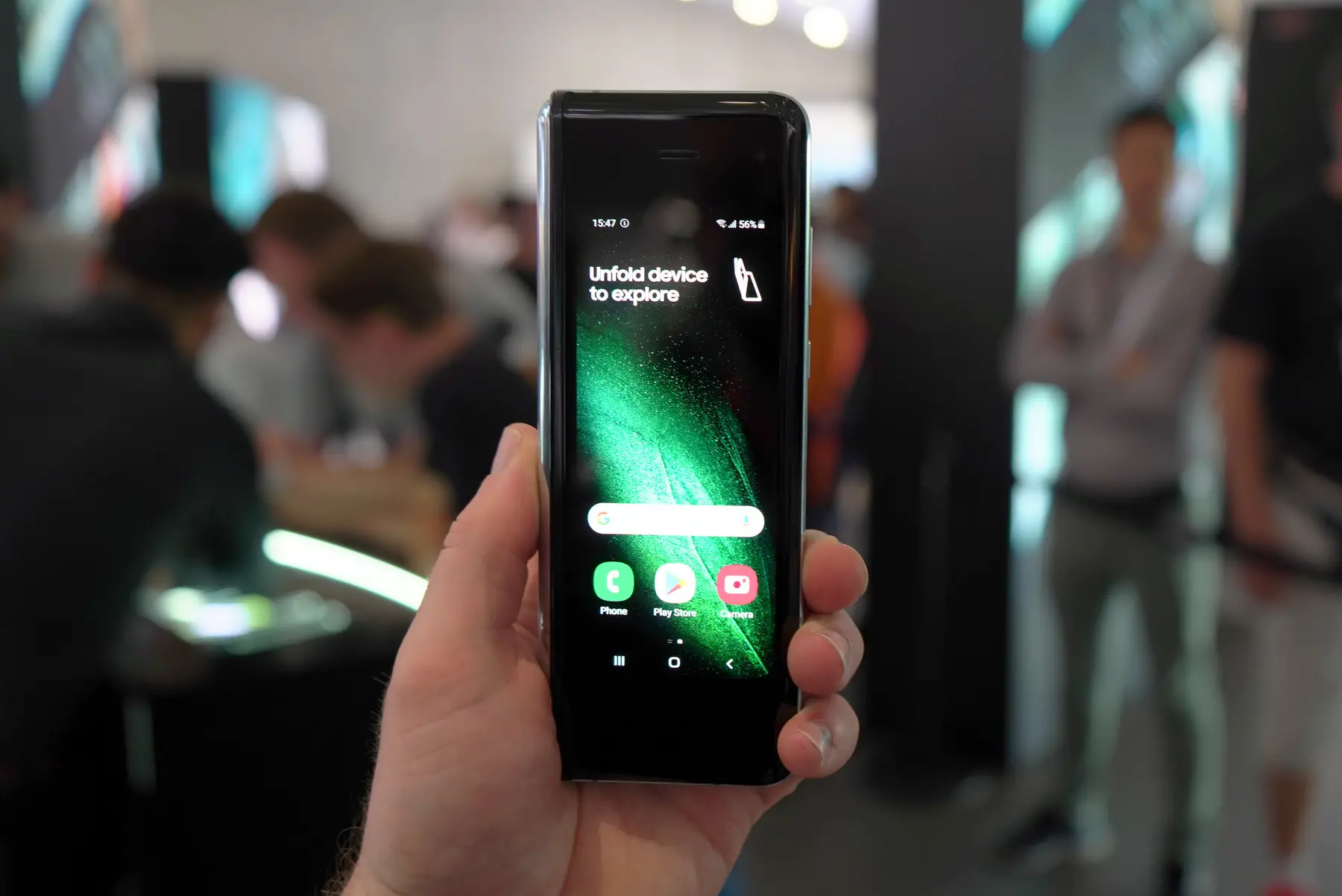
So what's new with the updated Samsung Galaxy Fold? Not much, really. Due to the reliability issues of the foldable display which popped up right before the launch was set to launch earlier in the year, Samsung's engineering team did a bit a patchwork on the Galaxy Fold, fixing the flaws in its design without making any big changes. Samsung highlighted three major tweaks to the design, the first of which is the placement of caps on the bottom and top of the hinge which prevent dust and debris from penetrating the hinge mechanism and getting beneath the display. The second design change Samsung made was to make the protective film layer on the foldable display larger, hiding its edges below the plastic bezel. On the original device, the edges of the protective film were visible, making it look like it was pre-installed, removable screen protector. The final design change reduced the small gap between the two sides when the phone is folded. While it's still a ways off from folding completely flat, reducing the gap will help keep a bit more pocket lint from wedging its way in when you put the device in your pocket.
On the software front, there's really nothing new. Samsung's already done a very good job with the triple-app layout on the internal display which allows you to easily use the foldable canvas for multi-tasing, even allowing you to drag and drop files from one app to another. That said, there still are a few limitations and most of the larger apps have yet to be updated to take advantage of the new APIs Samsung has made available for the Galaxy Fold.
After testing out the updates Samsung Galaxy Fold, I'm still not convinced that foldable smartphones are the future. Right now, the concept of the Galaxy Fold and the functionality it delivers is on par with all the hype we saw around 3D TVs a few years back. Yes, foldable display technology is extremely compelling which allows for new and innovative product designs and use cases. Unfortunately, I don't think Samsung or any other manufacturer has done the research to see if a foldable display on a smartphone is actually something which will make us more productive or offer better value to consumers. A smartphone that can transform into a tablet sounds amazing, but not if you're forced to use it as a tablet 95% of the time because the device has a minuscule screen on the outside. In that regard, the design of the Huawei Mate X seems more compelling, especially since it roughly half the thickness of the Samsung Galaxy Fold.
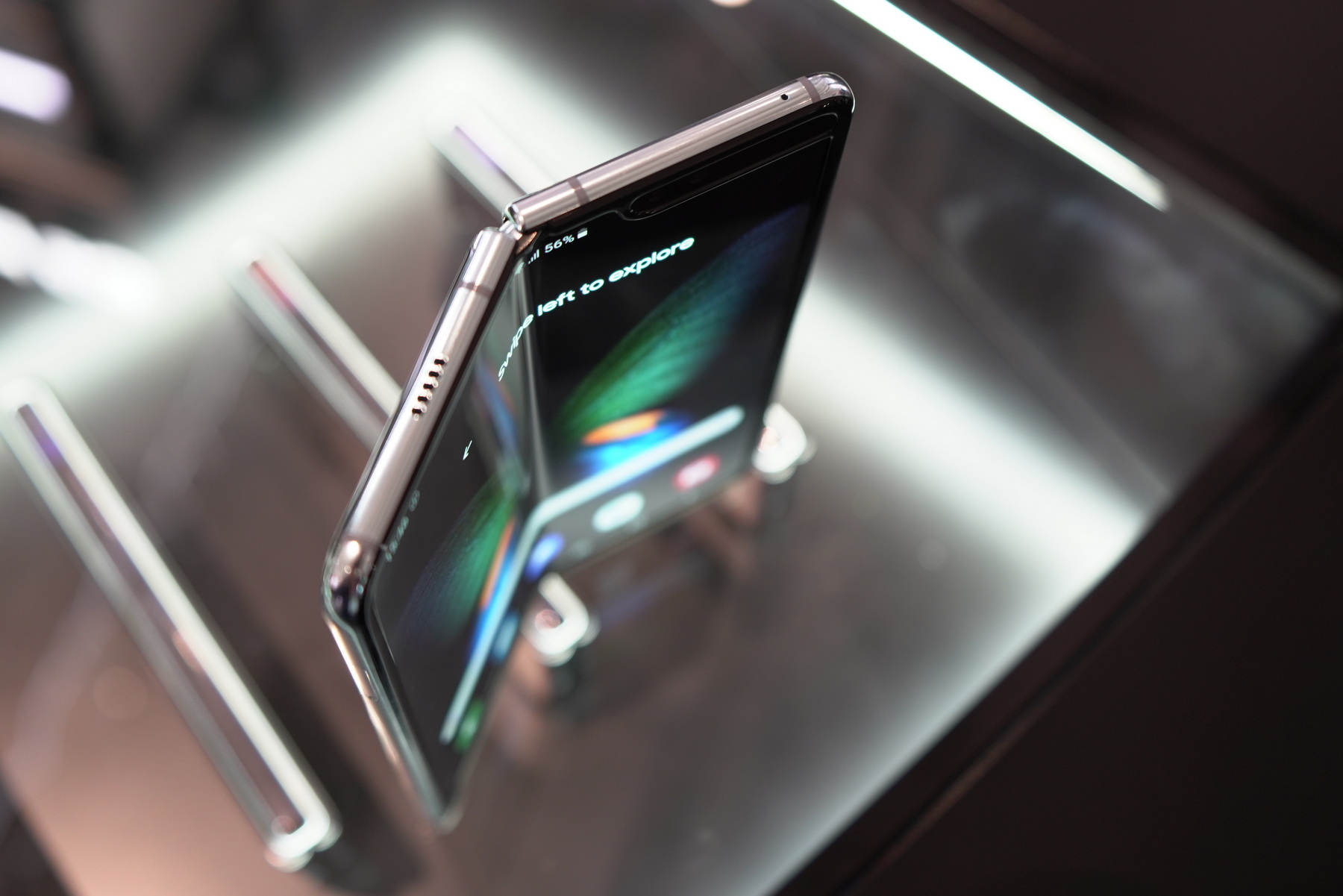
To me, the Samsung Galaxy Fold should be treated as a commercially-available prototype, similar to the original Tesla Roadster from 2008. Samsung Galaxy Fold buyers will be paying quite a bit of money to beta-test Samsung's foldable display technology. If you have $1980 burning a hole in your pocket, the Samsung Galaxy Fold is the craziest thing you could spend your money on this fall. I'm still not convinced by the technology, especially at that price.
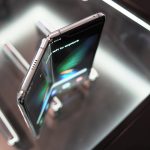
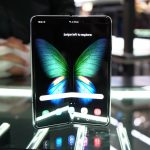
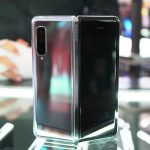
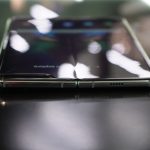
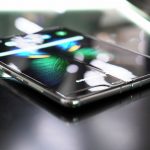

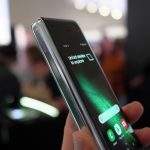
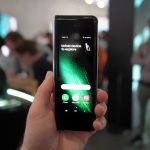
from Phandroid https://ift.tt/2LqfH2A
via IFTTT
No comments:
Post a Comment